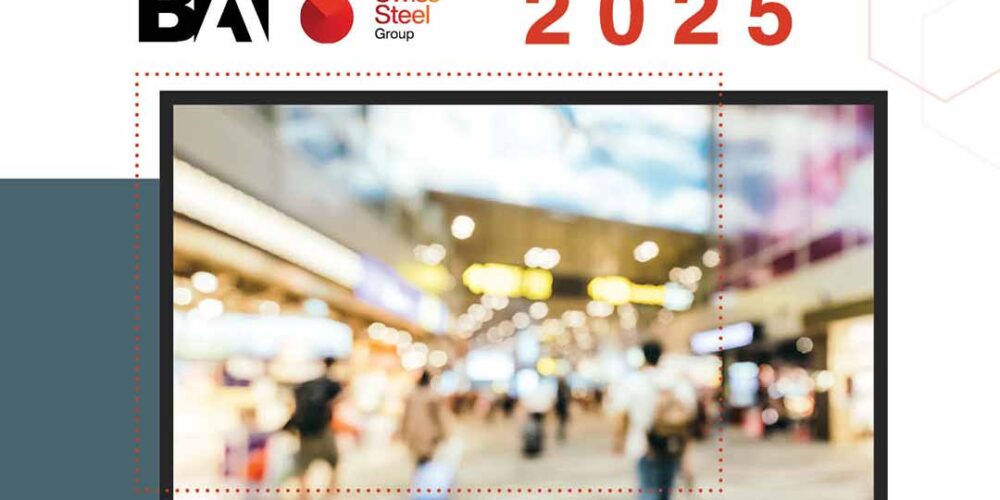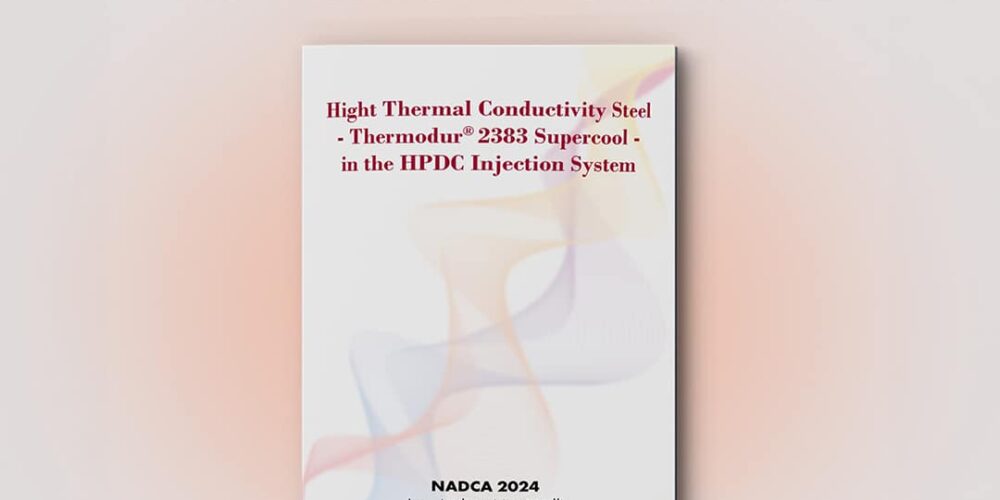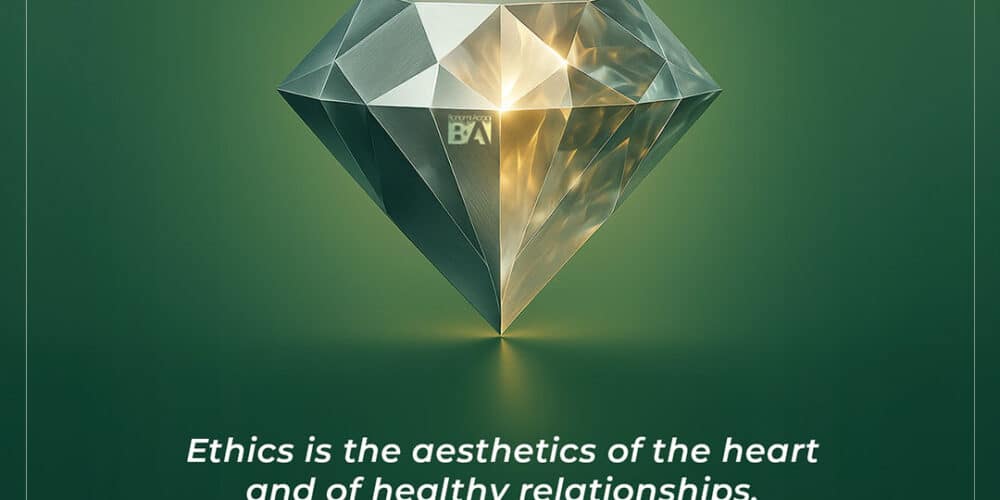Bonomi Acciai è lieta di annunciare la propria partecipazione a EUROGUSS…
Heat Treatments: Carburizing
Carburizing is a thermo-chemical process used to increase the wear resistance of mechanical components such as gears.
By enriching the surface layer of steel with carbon, the highest achievable hardness is obtained. The case depth may vary from a few tenths of a millimetre to several millimetres, depending on the exposure time at temperature.
Due to the carbon enrichment of the base material, carburizing is typically performed on low-carbon steels (carbon content below 0.2%).
One of the most commonly used steels is 18NiCrMo5.
Process Steps and Parameters
To make carburizing effective, the carbon enrichment phase must be followed by quenching.
Traditionally performed in oil, quenching may also be executed in pressurized gas (nitrogen) in modern installations designed to reduce distortion compared to conventional methods.
Carburizing is carried out using gaseous carbon donors such as:
- Methane (CH₄)
- Acetylene (C₂H₂)
- Propane (C₃H₈)
The key product requirements for this thermo-chemical treatment include:
- Surface hardness, typically in the range of 58–60 HRC
- Effective case depth, defined as the perpendicular distance from the treated surface where hardness reaches HV1/15 ≥ 550 (according to UNI 4847)
A tempering cycle typically between 160 and 250 °C is performed after carburizing and quenching.
Conclusion
Carburizing allows the creation of extremely hard surfaces while preserving a tough core, making it ideal for components exposed to heavy mechanical loads and wear.
When performed with precision and control, it offers a perfect balance between durability and performance.
Bonomi Acciai, Italian representative of Swiss Steel Group, supports designers in selecting the right materials and thermal cycles for component manufacturing.
Would you like to learn more?





